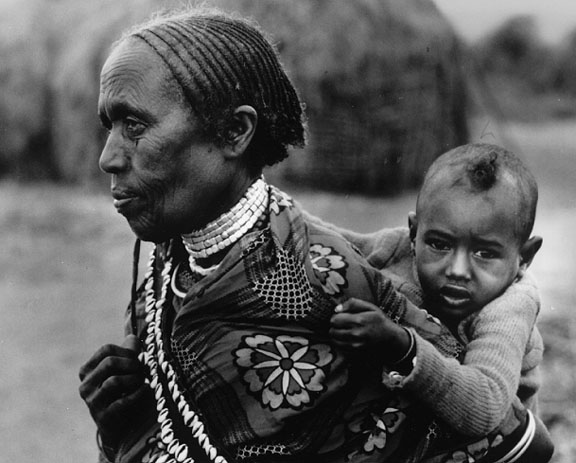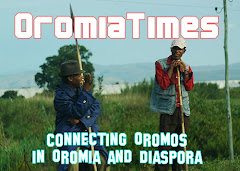GREGG AAMOT
Associated Press
MINNEAPOLIS - State demographers are trying to determine why the number of Ethiopian refugees who arrived in Minnesota in 2005 increased 63 percent from the previous year, and whether it portends bigger influxes in coming years.
According to figures released this week by the state Administration Department, 1,303 Ethiopians came to Minnesota last year. In 2004, there were 798 Ethiopian refugees, and the year before that, 627.
Nobody knows for sure, but the refugees are probably coming for two main reasons: continued civil strife back home and the chance to work and join families already established here.
"We scratched our heads about this," Tom Gillaspy, the state demographer, said Friday. "It was a number that sort of stood out to us. There has been a steady, noticeable immigration from Ethiopia to Minnesota, but it's larger this year."
Ethiopians began coming to the United States a few decades ago to escape famine and civil war in their Horn of Africa nation. But their population in Minnesota has remained relatively small compared with groups such as the Hmong and Somalis.
The state says an estimated 7,500 Ethiopians were living in Minnesota in 2003 - the last year with complete figures - though immigrant leaders believe there are far more, perhaps as many as 20,000.
"I have known that this might happen," said Redwan Hamza, a spokesman for Oromo Community of Minnesota. "You will probably see an increase, because the political stability in the country is getting worse."
Hamza also said secondary migration - in which refugees move here after first living in other states - might explain the increase. Ethiopians are coming to Minnesota for low-skilled jobs and to join their families, he said.
While Ethiopia struggled through famine and civil war in the 1980s, the country has been relatively stable for a decade. Prime Minister Meles Zenawi, a Western-backed reformer, was elected to a third term last year, despite claims of election fraud and government crackdowns on dissidents and journalists.
Demographers have no clear guide in determining why refugees come to Minnesota, relying on a mix of international news, information from resettlement agencies and contact with refugees themselves.
"We try to keep out ear to the ground as best we can," Gillaspy said. "I remember when we first started talking about Somalis a decade ago, and people looked at us with glazed eyes."
Today, the state estimates there are around 25,000 Somalis living in Minnesota, though community leaders say there could be as many as 60,000.
Gregg Aamot can be reached at gaamot@ap.org
Subscribe to:
Post Comments (Atom)

















No comments:
Post a Comment